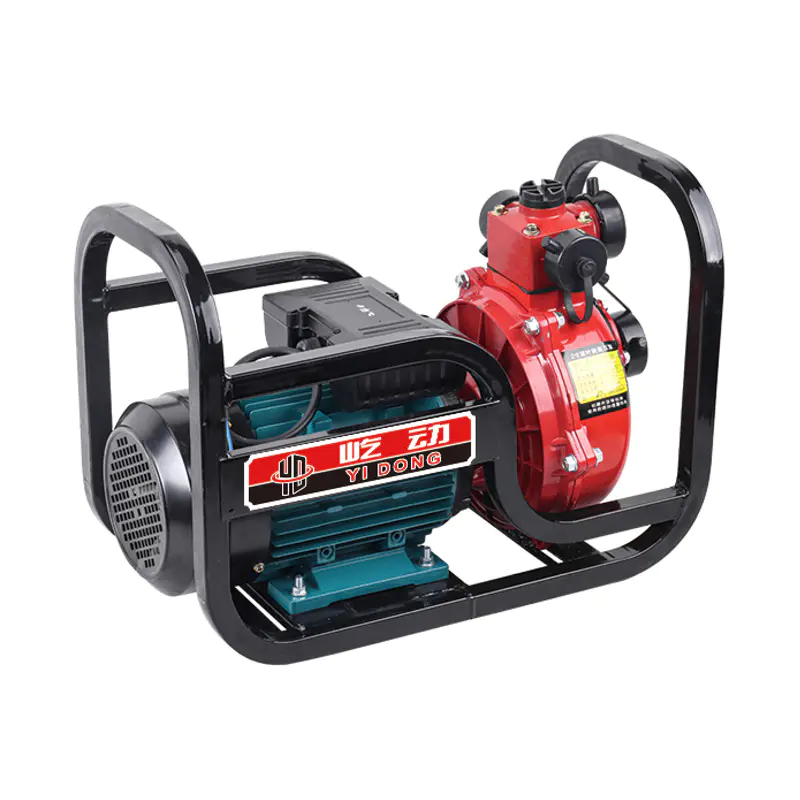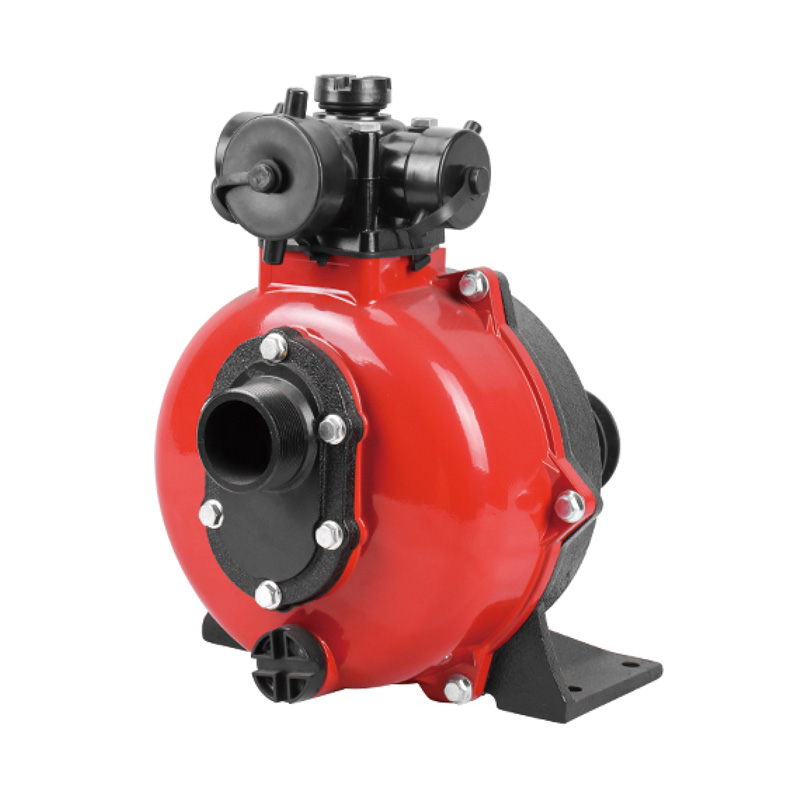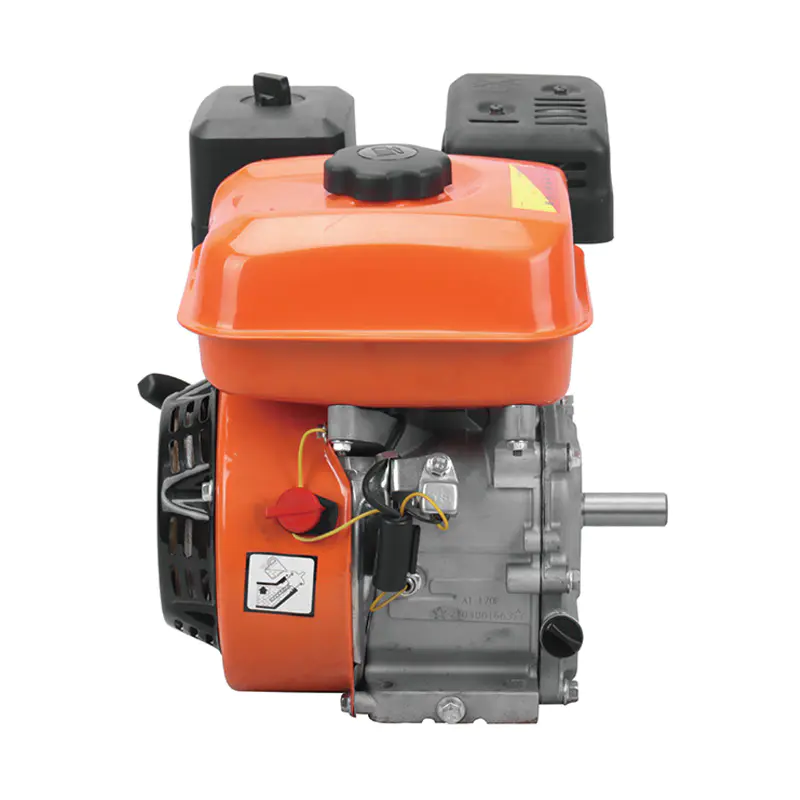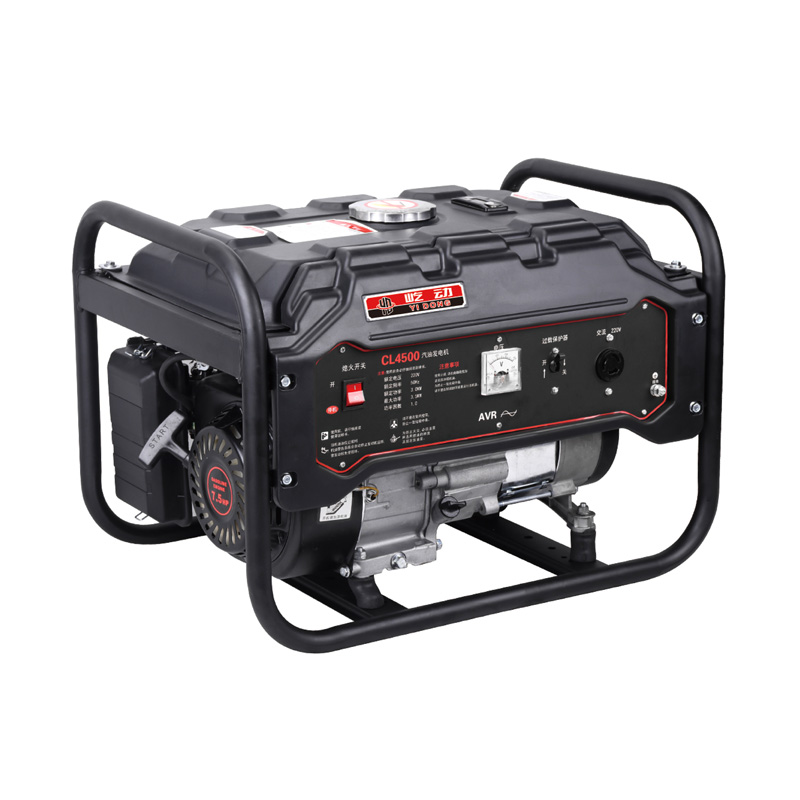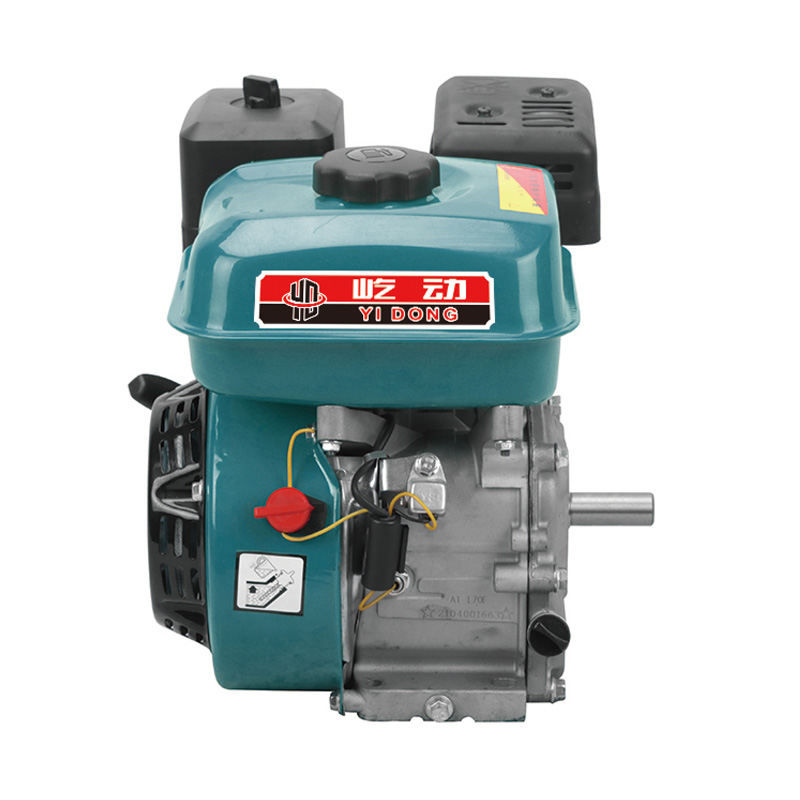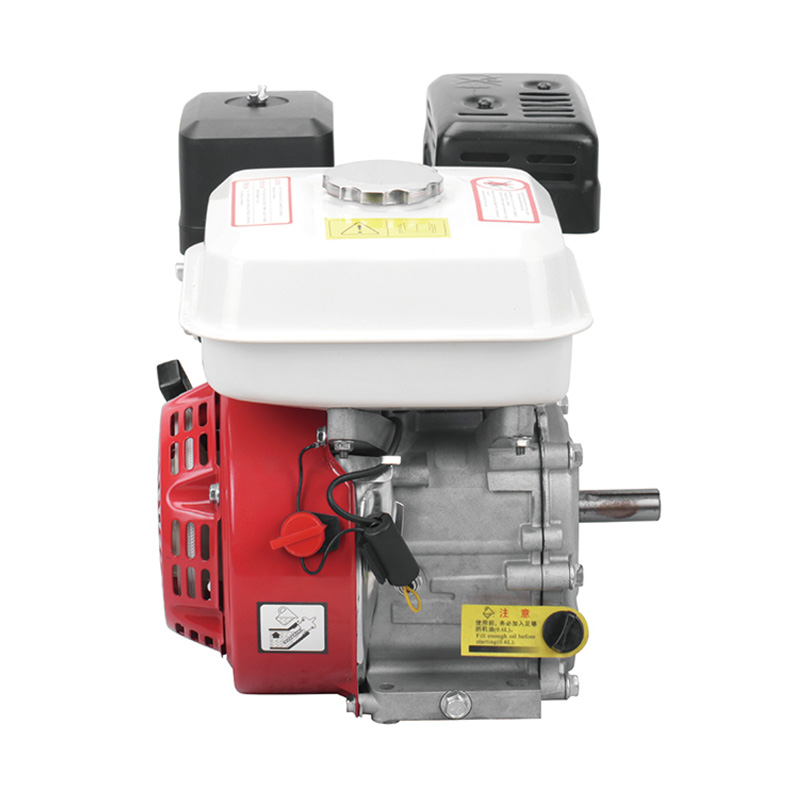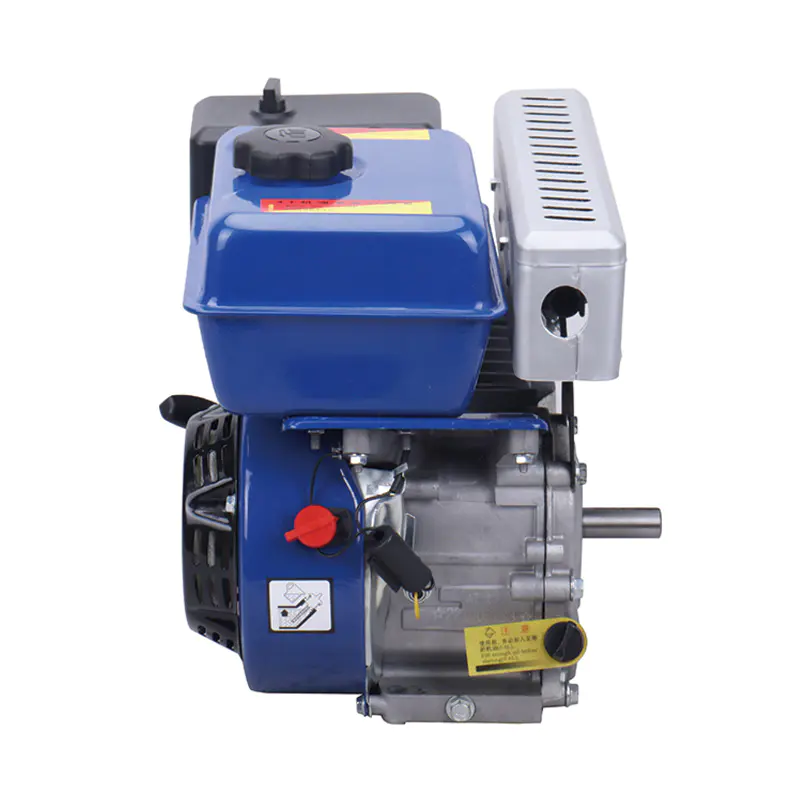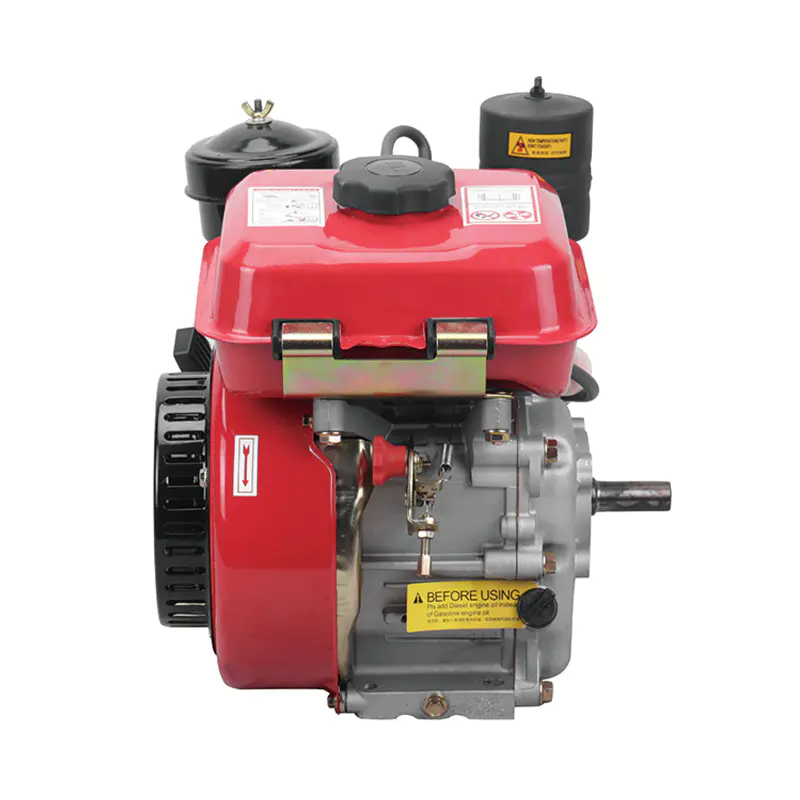In the realms of agriculture, marine recreation, and industrial applications, the reliable movement of water is paramount. The efficiency and longevity of these systems depend on three critical pillars: adopting innovative power sources, adhering to diligent maintenance schedules, and complying with operational standards. From harnessing the sun's energy to draw water from the earth, to ensuring the quiet and reliable operation of a vessel at sea, each component requires specific knowledge for performance.
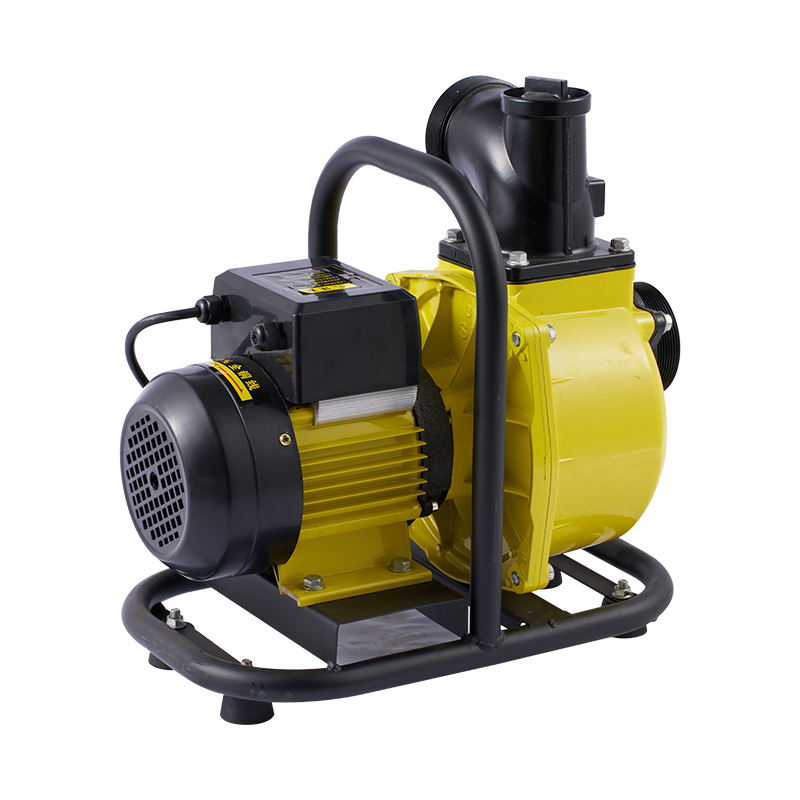
Solar Powered Well Pumps for Sale Process
Acquiring a solar-powered well pump is a strategic investment that merges sustainability with practicality. The process involves several key stages to ensure the system meets your specific water needs efficiently.
Initial Assessment of Water Requirements.
The step is a thorough evaluation of your water usage. This includes calculating the total daily water demand for your household, livestock, or irrigation. You must also determine the well's static water level and its recovery rate. This data is crucial as it directly influences the pump's required flow rate (measured in gallons per minute) and the total pressure head it must overcome.
Evaluation of Solar Energy Potential.
Since the system is powered by the sun, an assessment of your site's solar resource is essential. This involves identifying a location for the solar panels that receives, unobstructed sunlight throughout the day, typically facing true south in the Northern Hemisphere. The average hours of peak sunlight in your region will determine the size and number of solar panels needed to generate sufficient power for the pump.
Selection of the Appropriate Pump Type.
There are two primary types of solar pumps to consider. Submersible pumps are installed deep within the well casing and are ideal for wells deeper than 100 feet. They are highly efficient but require more powerful solar arrays. Surface pumps, on the other hand, are placed at the top of the well and are suitable for shallow wells or spring-fed sources. Your choice will depend on the well depth and the system's design.
Sizing the System Components.
This phase involves matching all components harmoniously. Based on the pump's power consumption and daily runtime, you will size the solar panel array (in watts), a charge controller to regulate the power, and for systems that require water storage or operation outside of sunlight hours, a battery bank and an inverter. Proper sizing prevents system strain and ensures consistent performance.
Procurement and Professional Installation.
The final step is sourcing the equipment from a reputable supplier and arranging for installation. While some components are available for direct purchase, engaging a professional installer is highly recommended. They can ensure the system is correctly configured, the wiring is safe, and the installation is optimized for both water output and energy harvest, providing long-term reliability.
When Should Electric Water Pump Parts for Boats Be Replaced?
Proactive maintenance of your boat's electric water pump is vital for preventing engine overheating and subsequent damage. Recognizing the signs of wear and adhering to a replacement schedule can avert costly repairs.
Observation of Visible Coolant Leaks.
The immediate sign of a failing pump is the presence of coolant in the bilge. Leaks typically originate from worn seals or gaskets that have become brittle over time. A small drip can quickly escalate into a major leak, a loss of coolant and a rapid increase in engine temperature. Any visible sign of leakage should be addressed promptly.
Unusual Noises During Operation.
Listen for changes in the pump's acoustic profile. A worn impeller often produces a high-pitched whining or grinding sound, as its rubber vanes are no longer effectively moving water. Similarly, growling or rumbling noises may indicate that the bearings supporting the pump shaft are beginning to fail. These sounds are a clear warning that internal components are deteriorating.
Engine Overheating Issues.
If your boat's engine temperature gauge consistently reads higher than normal, a faulty water pump is a primary suspect. An impeller with broken or eroded vanes cannot circulate enough cooling water through the engine block and heat exchanger. This symptom should be investigated immediately to prevent severe engine damage like warped cylinder heads or blown head gaskets.
Following the Manufacturer's Service Intervals.
Adherence to the manufacturer's recommended service schedule is the preventative measure. Many marine engine manufacturers suggest inspecting or replacing the impeller annually or every few hundred hours of operation, as it is a consumable part. Even without obvious symptoms, this proactive replacement can prevent a failure at the inopportune time.
During Scheduled Engine Maintenance.
A practical approach is to replace the water pump impeller as part of other routine engine services. When you change the engine coolant or replace the raw water pump, it is an opportune moment to install a new impeller kit. This ensures all related components are in good condition and simplifies the maintenance workflow.
Noise Standards for Marine Centrifugal Pumps
On a vessel, excessive noise is more than a mere nuisance; it can impact crew comfort, safety, and environmental compliance. Marine centrifugal pumps are significant noise sources, and their operation is governed by specific standards.
- Adherence to International Maritime Organization Guidelines.
The International Maritime Organization (IMO) sets the global benchmark for shipboard noise levels through its guidelines. These are not merely recommendations but are often incorporated into the safety codes of various flag states. The standards specify permissible noise levels in different areas of a vessel, such as machinery spaces, control rooms, and accommodation quarters, directly influencing pump selection and installation.
- Consideration of Vibration as a Noise Source.
A substantial portion of pump noise is structure-borne, transmitted through the vessel's hull and decks as vibration. To mitigate this, pumps must be mounted on resilient foundations, such as vibration isolators or flexible mounts. Proper alignment between the pump and its drive motor is also critical, as misalignment can cause excessive vibration and noise, premature component wear.



 English
English русский
русский Français
Français Español
Español عربى
عربى